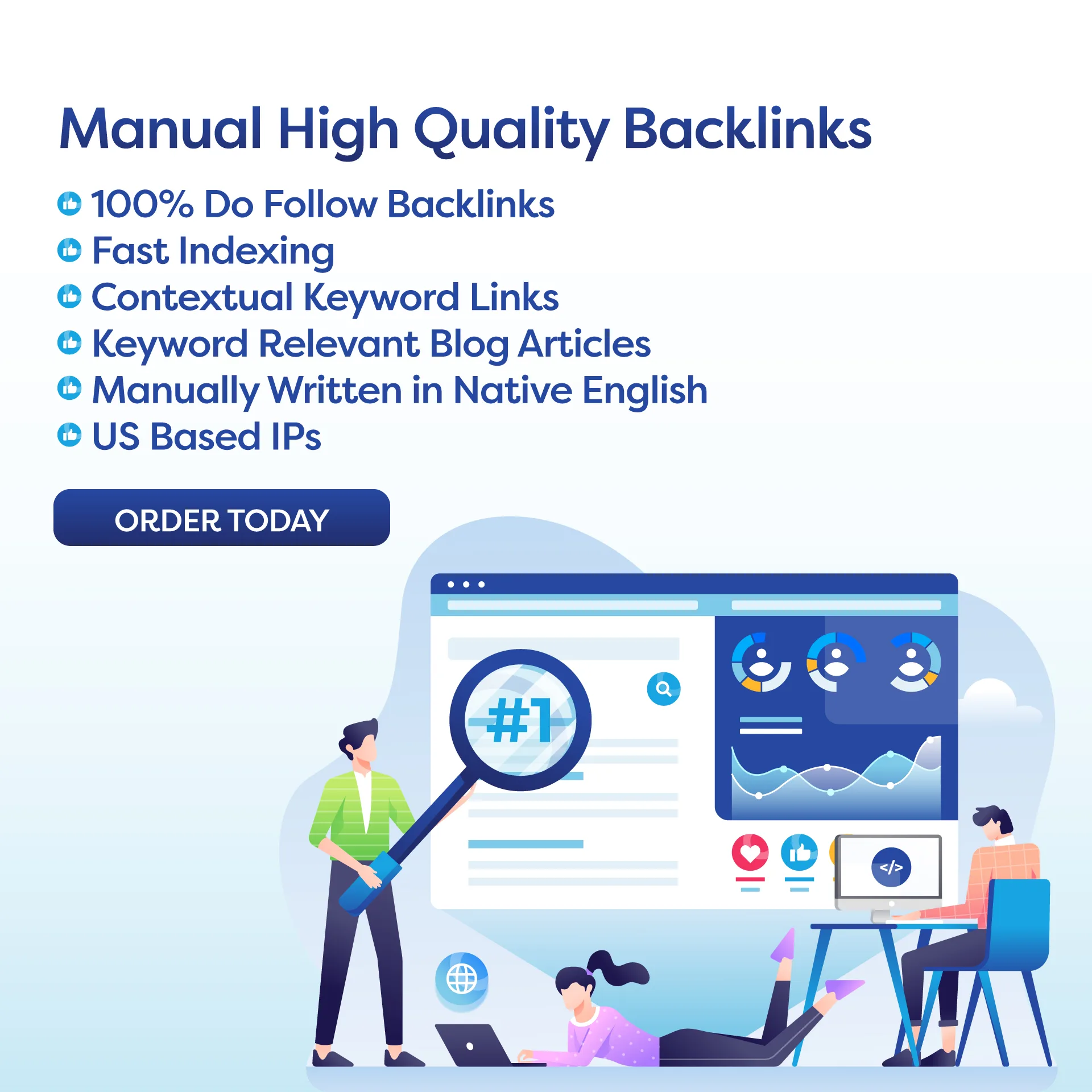In the digital age, the visibility of your small business in search engines can spell the difference between success and obscurity. Search Engine Optimization (SEO) is no longer a luxury; it’s a necessity for businesses aiming to capture the vast market of online consumers. For small business owners, understanding and implementing effective SEO strategies is crucial for standing out in a crowded online space. This guide will introduce you to the essential SEO checklist for small businesses, offering a roadmap to enhance your online presence and drive more traffic to your website.
Introduction to SEO and Its Importance for Small Businesses
SEO is the art and science of optimizing your online content so that search engines like Google are more likely to display it as a top result for searches of a certain keyword. For small businesses, SEO is a powerful tool to increase visibility, attract potential customers, and compete with larger companies without needing to outspend them on advertising.
At its core, SEO is about understanding what your potential customers are searching for online, the words they’re using, and the type of content they wish to consume. Knowing how to tap into this information can make your website more appealing not just to search engines, but to your target audience as well.
Effective SEO strategies can lead to higher search engine rankings, increased website traffic, and, ultimately, more business opportunities. Whether you’re launching a new website or looking to improve an existing one, adhering to a comprehensive SEO checklist can significantly impact your small business’s online success.
Stay tuned as we delve deeper into the SEO checklist for small businesses, offering actionable advice and insights to help your business thrive online. From website structure and accessibility to keyword research, content optimization, and beyond, we’ll guide you through the essential steps to optimize your digital footprint in the competitive online marketplace.
Comprehensive SEO Checklist for Small Businesses
After establishing the importance of SEO for your small business’s online success, it’s time to dive into the specifics. This part of our guide outlines a comprehensive SEO checklist designed to enhance your website’s visibility, improve search rankings, and attract more potential customers. Follow these steps to ensure your small business is fully optimized for search engines.
A. Website Structure and Accessibility
Ensuring your website is accessible and navigable is the foundation of good SEO. Here are key points to consider:
Mobile-friendliness: With the majority of searches now conducted on mobile devices, your site must perform flawlessly across all devices.
SSL certification: Securing your site with HTTPS is not only crucial for safety but also a ranking factor for Google.
Fast loading speed: Page speed significantly impacts user experience and search rankings. Aim for a loading time of under 3 seconds.
User-friendly navigation: A well-structured site with clear navigation helps visitors find what they’re looking for, reducing bounce rates and improving SEO.
B. Keyword Research and Content Optimization
Content is king in the realm of SEO. Optimizing your content with the right keywords ensures that your target audience finds you.
Identifying target keywords: Use tools like Google Keyword Planner to find keywords relevant to your business and with a high search volume.
Incorporating keywords: Include your target keywords in page titles, headings, and throughout your content to signal relevance to search engines.
Importance of quality content: Beyond keywords, your content must be informative, engaging, and valuable to your audience.
Using LSI and NLP keywords: Incorporate related terms and phrases to support your main keywords, enhancing content relevance and depth.
C. On-Page SEO Techniques
On-page SEO involves optimizing individual web pages to rank higher and earn more relevant traffic. Key areas include:
Optimizing title tags and meta descriptions: These elements should include your main keywords and provide a clear description of the page content.
Image optimization (ALT tags): Ensure all images on your site have descriptive, keyword-rich ALT tags for better accessibility and ranking.
Internal linking strategies: Link to other pages on your website where relevant, using descriptive anchor text.
D. Off-Page SEO Strategies
Off-page SEO refers to actions taken outside of your own website to impact your rankings within search engine results pages (SERPs).
Building quality backlinks: Earn links from reputable sites in your industry to boost your site’s authority.
Local SEO: Google My Business setup: Claim and optimize your Google My Business listing to improve local search visibility.
Social media engagement: Active social media profiles can drive traffic to your website and improve your online presence.
E. Technical SEO Checklist
Technical SEO ensures that your site meets the technical requirements of modern search engines, enhancing organic rankings.
Sitemap submission: Submit your XML sitemap to search engines to help them discover and index your pages.
Robots.txt file optimization: Use the robots.txt file to control which pages search engines can crawl and index.
Checking for crawl errors: Regularly monitor your site for crawl errors using Google Search Console and address any issues promptly.
By adhering to this detailed SEO checklist, small businesses can significantly improve their online visibility and search rankings. Stay tuned for our FAQ section, where we’ll answer common questions related to SEO for small businesses.

